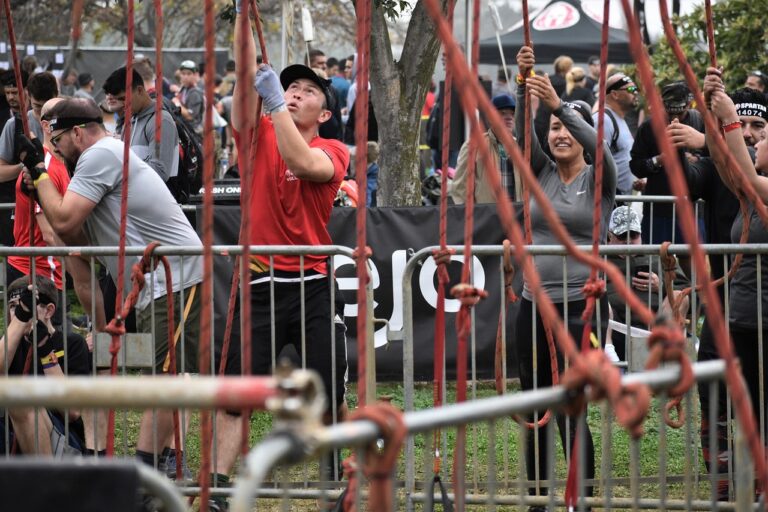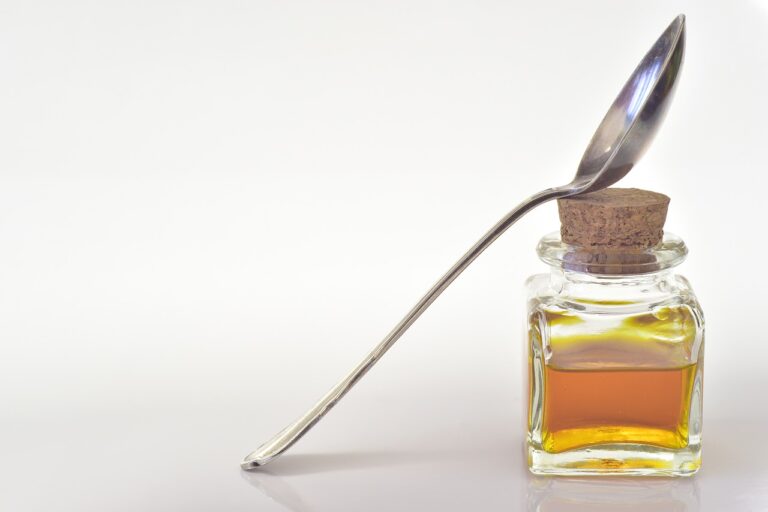Advances in minimally invasive techniques for repairing abdominal aortic aneurysms: Bet book 250.com, Radhe exchange login, Yolo247 club login
bet book 250.com, radhe exchange login, yolo247 club login: Advances in minimally invasive techniques for repairing abdominal aortic aneurysms have revolutionized the treatment options available to patients with this serious condition. Traditionally, repairing an abdominal aortic aneurysm required open surgery, which involved making a large incision in the abdomen to access the diseased portion of the aorta. This approach is associated with longer recovery times, increased risk of complications, and greater pain for the patient. However, with the development of minimally invasive techniques, repairing abdominal aortic aneurysms has become safer, faster, and more effective than ever before.
Endovascular repair, also known as endovascular aneurysm repair (EVAR), is a minimally invasive procedure that involves inserting a stent graft into the aorta through small incisions in the groin. The stent graft is guided to the site of the aneurysm using imaging techniques such as fluoroscopy, and once in place, it acts as a scaffold to reinforce the weakened wall of the aorta and prevent rupture. EVAR is less invasive than open surgery, which means that patients experience less pain, have shorter hospital stays, and recover more quickly.
Advantages of Minimally Invasive Techniques:
1. Faster Recovery Time
2. Reduced Risk of Complications
3. Less Pain and Discomfort
4. Shorter Hospital Stays
5. Improved Outcomes
6. Minimized Scarring
Despite these benefits, minimally invasive techniques may not be suitable for all patients, especially those with complex anatomies or certain medical conditions. It is essential for patients to discuss their treatment options with their healthcare providers to determine the best approach for their individual circumstances.
FAQs:
Q: How long does the EVAR procedure take?
A: The EVAR procedure typically takes between 1 to 2 hours to complete, depending on the complexity of the case.
Q: What is the recovery process like after EVAR?
A: Most patients can expect to stay in the hospital for 1 to 2 days after EVAR and resume normal activities within a few weeks.
Q: Are there any risks associated with minimally invasive techniques for repairing abdominal aortic aneurysms?
A: While minimally invasive techniques are generally safe, there are risks associated with any surgical procedure, including infection, bleeding, and damage to surrounding blood vessels.
Q: How long do stent grafts last in the body?
A: Stent grafts are designed to be permanent implants and are expected to last a lifetime.
In conclusion, advances in minimally invasive techniques for repairing abdominal aortic aneurysms have greatly improved the treatment options available to patients, offering a safer, more effective alternative to traditional open surgery. Patients should consult with their healthcare providers to determine the best approach for their specific needs and discuss any concerns or questions they may have about the procedure.






